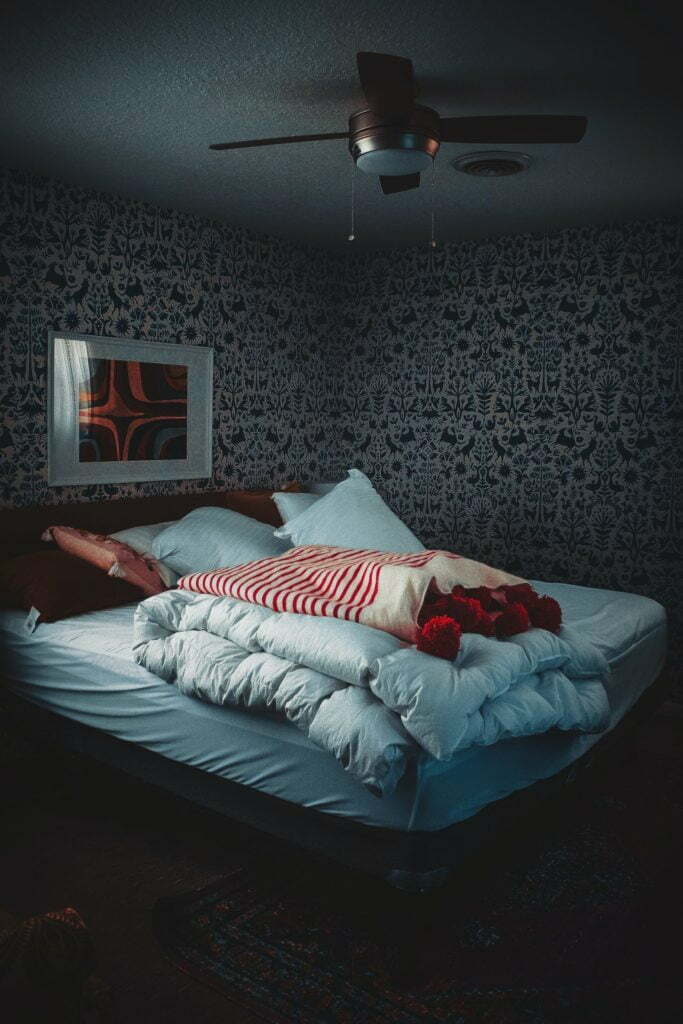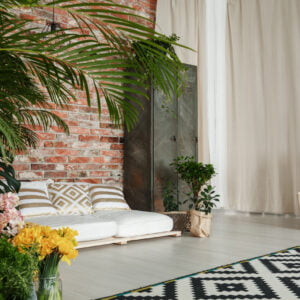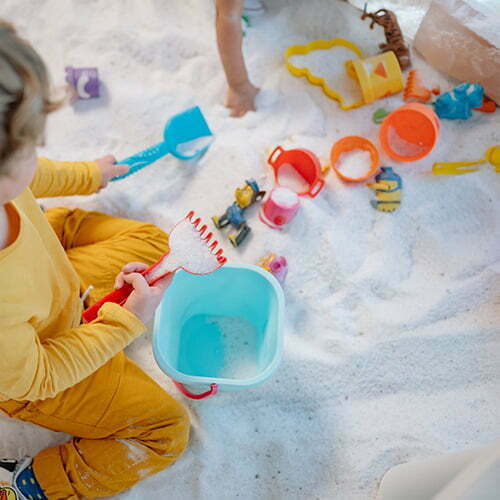With the coronavirus lockdowns persisting during2020 and no real end date in sight, those music lovers amongst us have resorted to some unique methods of creating practice space that works around our home office requirements. Building a practice and recording space within your home is a great idea for any music lover that can’t keep their hands off their instruments. But many of us find that getting started on this project is a little tricky. Finding the right tools and components to create the perfect practice space that won’t upset the neighbors but still provides the inspiration necessary to rock out may be difficult at first, but in the end, it’s worth it.
Start with the home’s structure.
Any home improvement project must start with the foundational components of the house. This is because all your hard work will be for naught if a leaking wall or failing roof destroys the luxurious interior you have spent extensive sweat and capital to create. Finding Washington DC roofing companies that offer trustworthy and speedy service to put down a new roof is the best way to handle any roofing concerns plaguing your home. Your new home studio will likely house hundreds if not thousands of dollars’ worth of recording and playing equipment, so protecting these investments should be at the top of your mind.
A roofer with years of experience in the industry is crucial to retaining peace of mind in your home, regardless of the belongings you choose to keep inside. A roof typically lasts fifteen to twenty years, but any natural occurrences in the weather can dramatically change this average. Each region of the United States, and even the world, presents its own unique mixture of weather systems that can damage or destroy a roof, so maintaining this all-important piece of your home’s defenses is critical to enjoying a high quality of life within its walls.
Hiring a contractor might include some structural additions as well. Many musicians hoping to create a home studio might even consider extending the home’s backroom to accommodate the additional size requirements for this practice and recording space. Contractors in your local area are well versed in these types of upgrades and may even be able to help you settle on a size or shape change that best suits your personal needs. Adding space to your home can help you create a customized area that’s perfect for your particular needs. However, this isn’t the only benefit to an addition. As you increase the square footage of your home, you also increase its value. Adding on a room to your home will boost its eventual resale value, so your home studio can actually help you increase your return on the home as an investment as well as your residence.
Think about the musical space you want to build.
The best way to construct the perfect musical space is to envision it in your mind’s eye before making any major renovations to your home. Planning the layout is a great way to understand the space you are working with and build up. One helpful tip is to search for ‘storage units near me’ to remove some of the clutter from your home during the planning and building process. It’s tough to visualize a totally new space when you mentally remove decorations, furniture, and clutter from the area first. Putting your belongings in a climate-controlled storage unit is the best way to tackle this headache head-on and as painlessly as possible.
Equipment set up is crucial.
Once you’ve removed all the ‘noise’ from the area, you can focus freely on the new elements you want to create. Adding sound dampening panels should be your first port of call once you’ve evaluated the space. These are seen on the walls and ceilings of every recording studio, large and small, around the world and are a must for your home studio as well. They help reduce errant frequencies and noises so that you can perfect your tone and signature sound without any pesky distractions. Once you’ve decided on a setup, you should go about ordering the sound dampening equipment to deck out your space in style. Many home studios break their space into a master recording room and a ‘playing’ room, like the professionals. Others choose to create a single room for maximum use of the space. Ultimately, it’ll depend on your unique needs and your ideal setup. You can try to experiment with your layout so you can find what works best for you. After all, it’s your recording studio, so you’ll have the final say.
No matter how you choose to build your own studio, bringing in equipment racks, stands for your instruments, and a work terminal is critical, but don’t forget about your sonic tempering panels to reduce the static noise heard by the recording equipment and your own ears. Another great way to soak up erratic sounds is to introduce plants into space. Plants also works as a natural noise reducer, and house plant bundles can be found at affordable price points. Plants bring unique, bright energy into any room and might be just the thing you need to inspire new creative juices that will get you and your band jamming in a hurry. As well, your neighbors will thank you for these decibels, reducing inclusions!
Making alterations to your home to create a home studio is a brilliant way to make the most of your time stuck in the house. As we all navigate the treacherous landscape of Covid-19 lockdowns and infections, bringing your passions to life is a great way to keep your comfort and happiness on an even keel. Building that home studio is the perfect outlet for a musician’s nervous energy during this trying time. Consult a handful of local professionals to understand the structural needs that your studio will demand of your current home and plan alterations accordingly. Your musical journey will thank you for your attention to detail and the fancy new play area.













